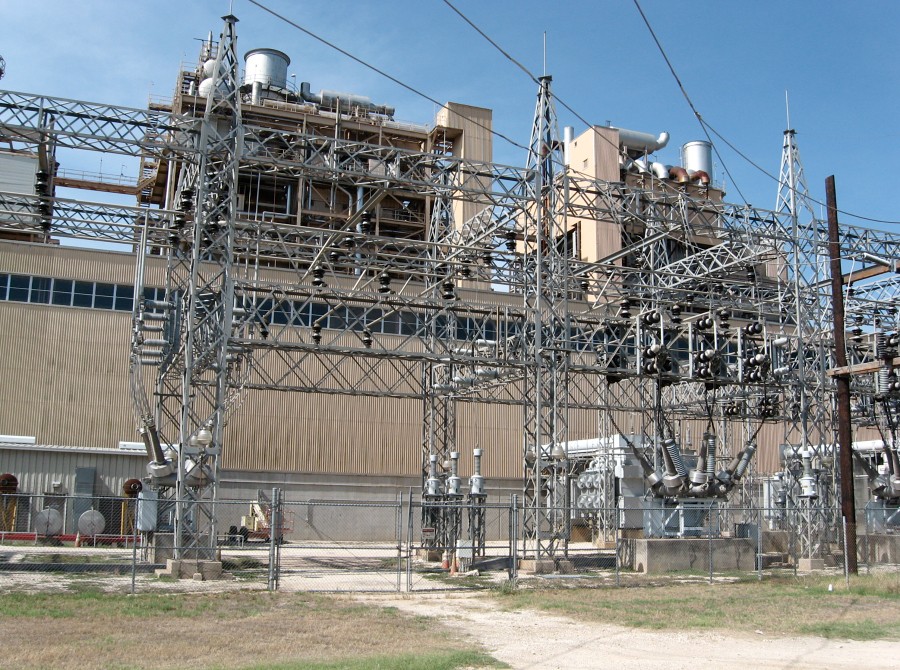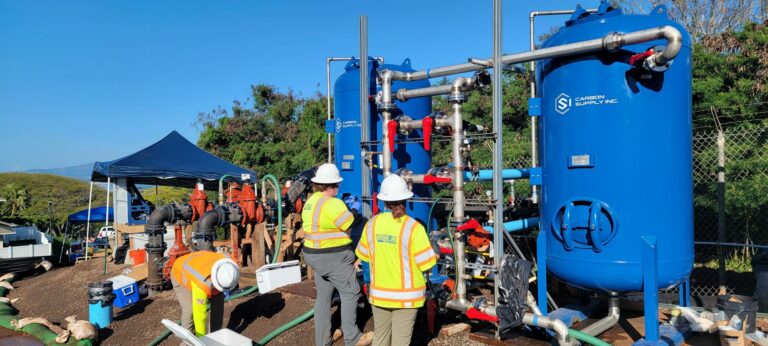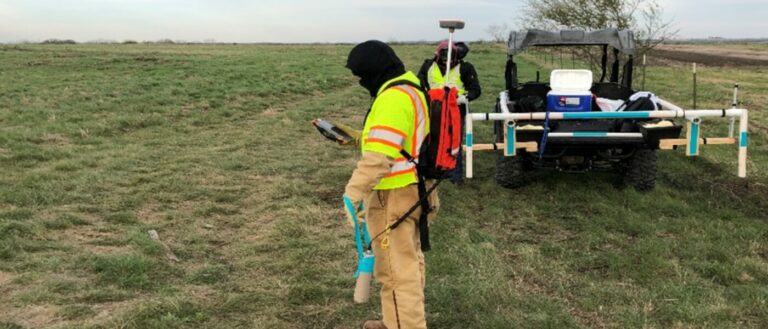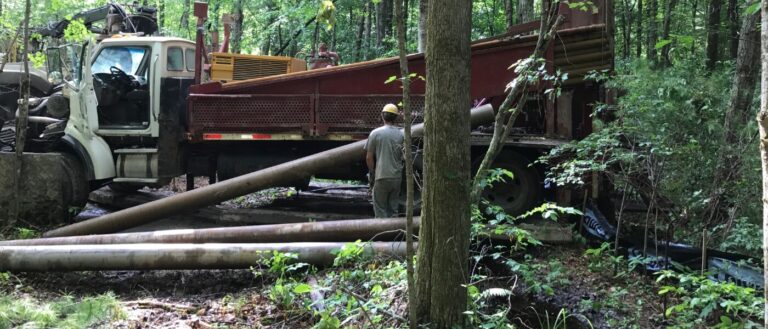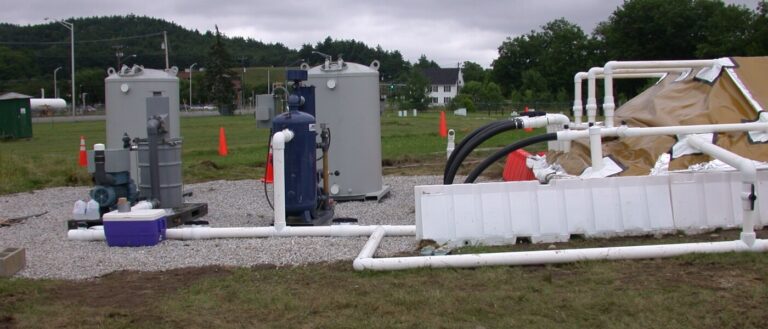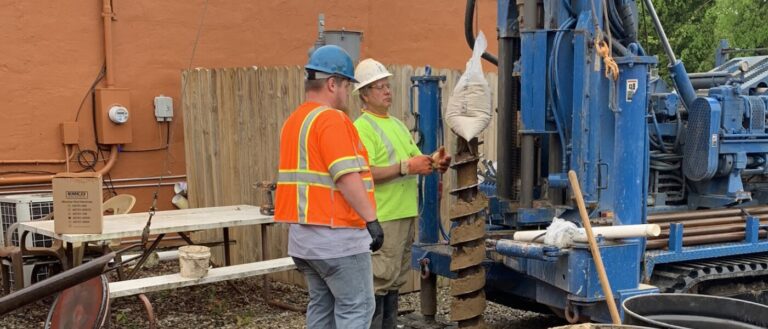Weston developed and supervised implementation of materials and waste management practices on the decommissioning of a power plant for a power utility client in Texas. The project involved equipment investment recovery, salvaging of metals, decontamination of equipment, and proper handling of contaminated building materials, as many were impacted by PCB.
The team provided value by structuring an approach that provided clarity on risk related to PCB waste management through pre-demolition surveys and cataloging of known and potential PCS impacted materials. This minimized change order disputes through the life of the project. Weston’s approach led to a reduced number of schedule delays and significant reuse, diverting 75% of project demolition materials from landfills and ensuring that regulated RCRA or TSCA wastes were disposed of properly. Our best practices allowed the client to meet its goals for investment recovery, waste minimization, sustainability, cost-efficiency, regulatory compliance, risk management, and scheduled project completion.
Weston characterized paint, caulk, concrete floors, insulation, galbestos panels, and other building materials for asbestos, lead, mercury, and PCBs to identify waste classifications of the materials to be handled.
In support of the decommissioning efforts, a comprehensive desktop-based GIS was developed to track, analyze, and manage data related to field environmental sampling and demolition planning activities. In addition, the GIS served as a single point of reference for historical infrastructure and utility locations within the Health and Safety Partnership Program boundary. The process of acquiring this data involved the digitization and conversion of the clients’s historical paper engineering plans and AutoCAD utility drawing files into a common GIS-database (Geodatabase) format. The Geodatabase provided a platform to manage all historical and current spatial information. Unstructured data, such as site photographs, Excel tables, and PDF documents, were linked to spatial features to provide quick desktop access to supporting information. Integration of environmental analytical data into the GIS created the opportunity for the mapping and error-free reporting of sample results. High-quality, detailed exhibits and other visualizations were produced for community involvement meetings. Various data-rich maps required for regulatory reports and status updates to project management were also published from the GIS.
Weston successfully oversaw the decommissioning and demolition of the plant and is now managing TRRP closure of the property before its turnover for reuse as a park.
